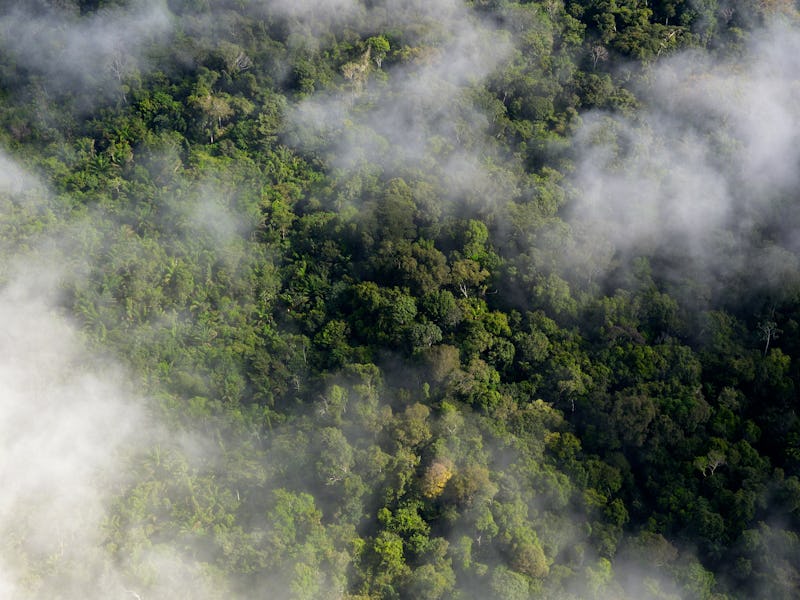Can This “Unprecedented” Experiment in the Amazon Help Save Our Planet?
Could this unorthodox method help us prepare for future climate change?

The Amazon rainforest is often heralded as the world’s “lungs,” thanks to its important role in storing carbon and preventing its release into the atmosphere — in other words, a crucial “carbon sink” to keep planet Earth habitable.
Yet some studies show that deforestation and wildfires have rendered the Amazon from one of the world’s biggest climate solutions to one of its biggest polluters as carbon in its trees releases into the atmosphere. But we currently lack sufficient data to measure the effects of rising carbon dioxide levels on the Amazon rainforest and determine whether it’s crossed an irreversible tipping point into climate pollution. Until now.
Enter AmazonFACE: a Brazilian experiment of “unprecedented scope,” which will simulate climate change using towers that spray carbon dioxide into an exposed section of the rainforest. Three of the six towers will release carbon dioxide while three will serve as controls and will not emit any carbon dioxide. In effect: the Amazon rainforest has turned into an experimental laboratory for scientists to test the future effects of climate change in real-time.
It feels like a gambit from a sci-fi movie, but it’s 100 percent real. The British government even announced funding for the experiment on Tuesday.
The Amazon is a vital ecosystem on Earth.
The experiment relies on Free Air CO2 Enrichment (FACE) technology, which the US government began researching in the 1970s and was further developed by Brookhaven National Laboratory for agricultural use. FACE experiments have been conducted in Duke Forest and Nevada desert in the US, but none have been tried in the Amazon before.
The experiment’s goal: assess how plants respond to increased carbon dioxide levels and determine whether the forest will reach a future tipping point where it turns from being a vital carbon sink into a massive carbon polluter. That, in turn, could also help us learn about potential ways to mitigate the worst of climate change.
“Plants absorb carbon dioxide along with water and light to produce sugars and release oxygen. What happens when one increases this input? We don’t know,” David Lapola, a lead scientist on AmazonFACE, told The Associated Press.
In 2020, scientists reported that the rainforest might be more resilient to climate change than it appears — and AmazonFace is certainly going to put that resilience to the test.